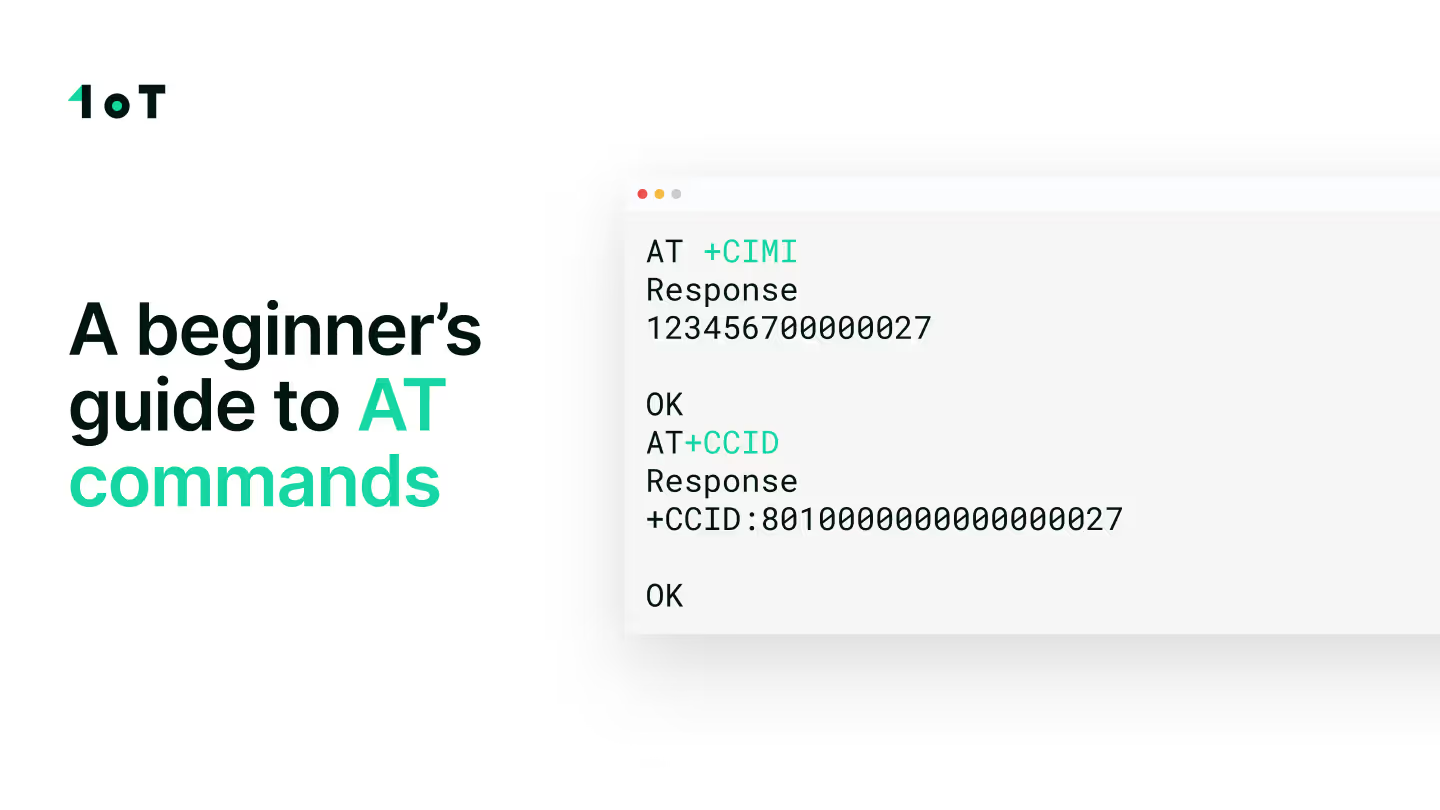MNOs and MVNOs launch IoT business with 1oT Terminal

In 2020, the market for IoT-connected devices outnumbered non-IoT-connected devices. Naturally, M(V)NOs worldwide are taking note of this trend and increasingly spinning out their IoT offerings. This means they are offering dedicated products for IoT devices and a platform to manage all these SIM cards.
1oT has had the pleasure of working with several telecom companies interested in offering a connectivity management platform to their customers. In this blog series, we will focus on the various reasons why telecom companies have licensed a platform from 1oT.
In the first article, we talk about a telecom company whose IoT business was tiny. Who are they?
- The company is based in the region CEE
- Last fiscal year total revenue was € 180 million
- The total number of employees is 650
- In this article, we will call them Kiwifruit Telecom
The company had a few thousand subscribers, a handful of customers, and no internal processes for managing and ordering SIM cards. All SIM management was done manually via emails and phone calls, and changes were made directly in HLR based on customer requests.
The entire line of business lacked structure, and this was not sustainable.
With the introduction of 1oT Terminal into its offering, Kiwifruit Telecom was able to improve its IoT business line:
- The platform became a CRM that allowed them to track all IoT customers, their number of connections, SIM orders, and use cases.
- Billing was unified. All rate plans are visible and can be managed from one place.
- Physical SIM inventory management has been consolidated in one place.
- Customer support efforts were reduced as the primary management of SIM was effectively delegated to end-users.
In addition, the introduction of the 1oT Terminal gave Kiwifruit Telecom a competitive advantage by being the first in its region to offer a SIM management platform to its customers. But the introduction of the 1oT Terminal was not enough to magically improve the offering. Other factors needed to be critically evaluated.
These are the questions they pursued:
- Does our HLR and provisioning engine support the features we want to offer our customers? If not, we need to develop this.
- What does our customer support look like? What do the 1st, 2nd and 3rd lines of support look like?
- Do we have adequate SLAs and terms and conditions? How do we get our customers to agree to the T&Cs?
- How much inventory should we keep on hand? How should we deliver SIM cards to customers?
1oT was there throughout the process. Ultimately, we were able to integrate many of these areas into the 1oT Terminal.
As a result, Kiwifruit Telecom was left with a state-of-the-art connectivity management platform and a line of business that could scale.
Want to learn more? Visit the licensing product page or write to us at licensing@1oT.com.





.avif)









.avif)















.avif)























































